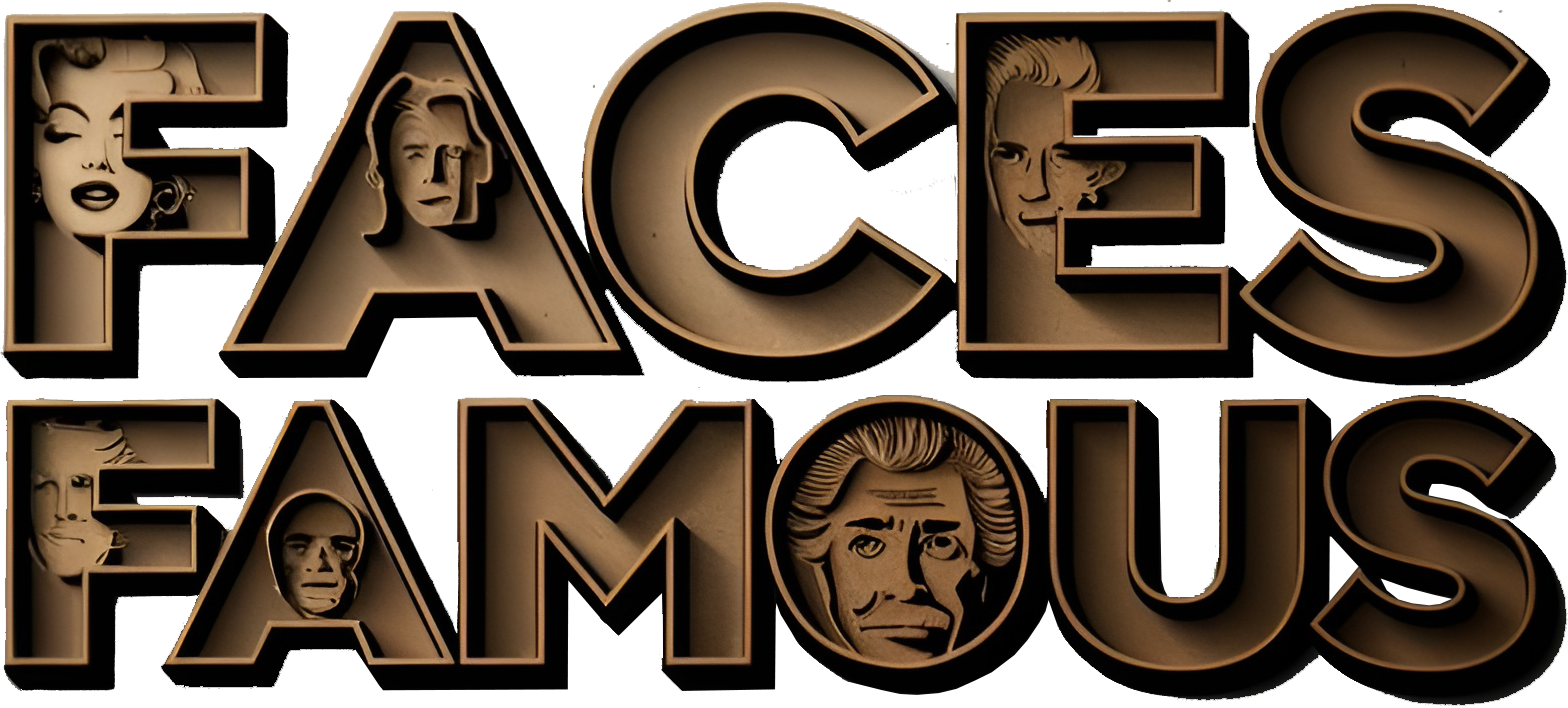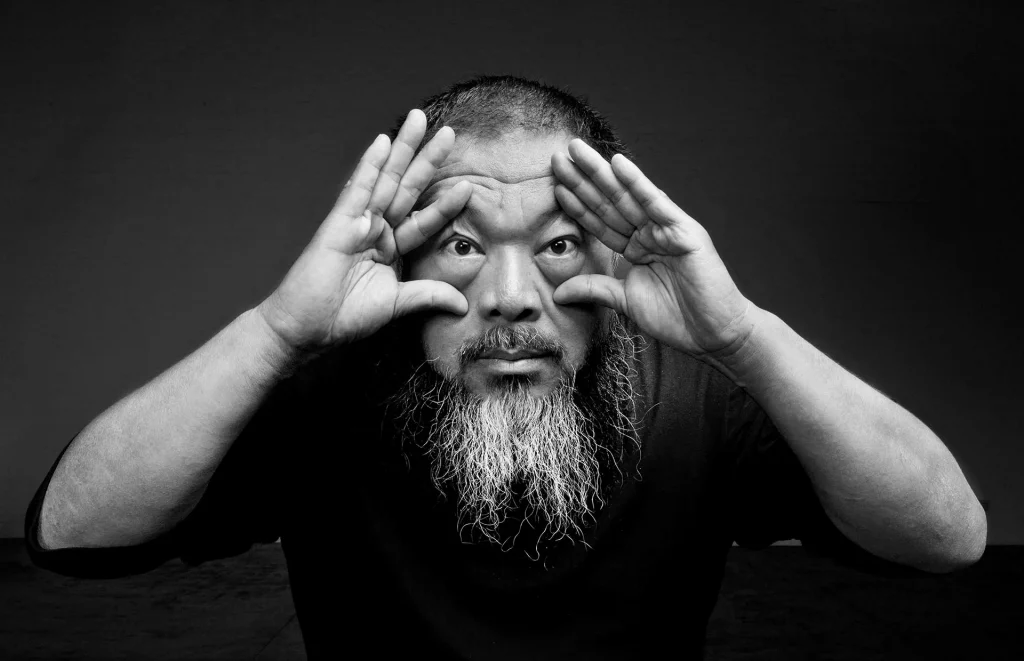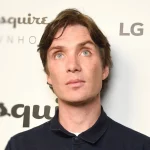Ai Weiwei is a globally recognized Chinese contemporary artist, activist, and architect known for his provocative artworks and outspoken stance on human rights, freedom of expression, and government oppression. Blending art with activism, Ai’s work challenges political structures and pushes the boundaries of artistic freedom in modern society. He is often described as one of the most influential cultural figures of the 21st century.
Early Life and Background
Ai Weiwei was born on August 28, 1957, in Beijing, China. He is the son of Ai Qing, a renowned poet who was exiled during China’s Anti-Rightist Movement. Growing up in exile in remote parts of China, Ai was exposed to state censorship and political repression from an early age—experiences that would deeply shape his future worldview and artistic voice.
Education and Early Career
Ai studied at the Beijing Film Academy and later moved to the United States in 1981. He lived in New York City for over a decade, where he was influenced by artists such as Marcel Duchamp, Andy Warhol, and Jean-Michel Basquiat. During this time, he experimented with conceptual and performance art, photography, and installations.
He returned to China in the early 1990s, bringing with him a Western artistic sensibility, merged with Chinese political critique.
Art Style and Major Works
Ai Weiwei’s work often involves:
- Sculpture, installations, and architecture
- Use of traditional Chinese materials (e.g. porcelain, wood, jade) in modern forms
- Deep political and social messages
- Frequent use of symbolism and irony
🔹 Notable Works:
- “Dropping a Han Dynasty Urn” (1995) – A powerful image of Ai smashing an ancient artifact, questioning the value systems of heritage, history, and destruction.
- “Sunflower Seeds” (2010) – An installation at London’s Tate Modern featuring 100 million hand-painted porcelain seeds, made by Chinese artisans, symbolizing mass production and individuality under authoritarian rule.
- “Remembering” (2009) – A facade installation in Munich using 9,000 school backpacks to commemorate children who died in the 2008 Sichuan earthquake due to government negligence.
- “Law of the Journey” (2017) – A massive inflatable boat filled with faceless refugees, addressing the global refugee crisis.
Activism and Political Persecution
Ai Weiwei is as much an activist as he is an artist. He has openly criticized the Chinese Communist Party, government corruption, censorship, and violations of human rights.
In 2008, after investigating the deaths of thousands of children in poorly built schools during the Sichuan earthquake, he was subjected to surveillance, harassment, and eventually detained by Chinese authorities.
- In 2011, Ai was secretly detained for 81 days, sparking global outcry.
- The government later seized his passport, imposed heavy fines, and demolished his studio.
Despite repression, Ai continues to speak out through his art, interviews, documentaries, and public appearances.
International Presence
Ai now lives in exile, having resided in Germany, the UK, and Portugal. His works have been exhibited in major museums and galleries worldwide, including:
- Tate Modern (London)
- Museum of Modern Art (New York)
- Martin-Gropius-Bau (Berlin)
- National Gallery of Victoria (Melbourne)
He also directed several documentaries, such as:
- “Human Flow” (2017) – A sweeping look at the global refugee crisis.
- “Coronation” (2020) – A covert documentary about the COVID-19 lockdown in Wuhan, China.
Awards and Recognition
- TIME 100 – Named one of the world’s most influential people.
- Amnesty International’s Ambassador of Conscience Award
- Václav Havel Prize for Creative Dissent
- Praemium Imperiale in sculpture (Japan Art Association)
He is widely respected for his moral courage, creative vision, and uncompromising advocacy for justice and freedom.
Personal Life
Ai is the father of a son named Ai Lao, and he often shares parts of his personal and creative life on social media platforms, including Instagram and Twitter (now X). He remains active as a speaker, writer, and thought leader on global issues like migration, surveillance, and authoritarianism.
Conclusion
Ai Weiwei is not just an artist—he is a symbol of resistance. Through his powerful art and fearless voice, he challenges the status quo and inspires conversations about freedom, identity, and responsibility. Whether he’s sculpting porcelain seeds or speaking out against injustice, Ai Weiwei uses creativity as a weapon for truth in a world too often silenced by power.



